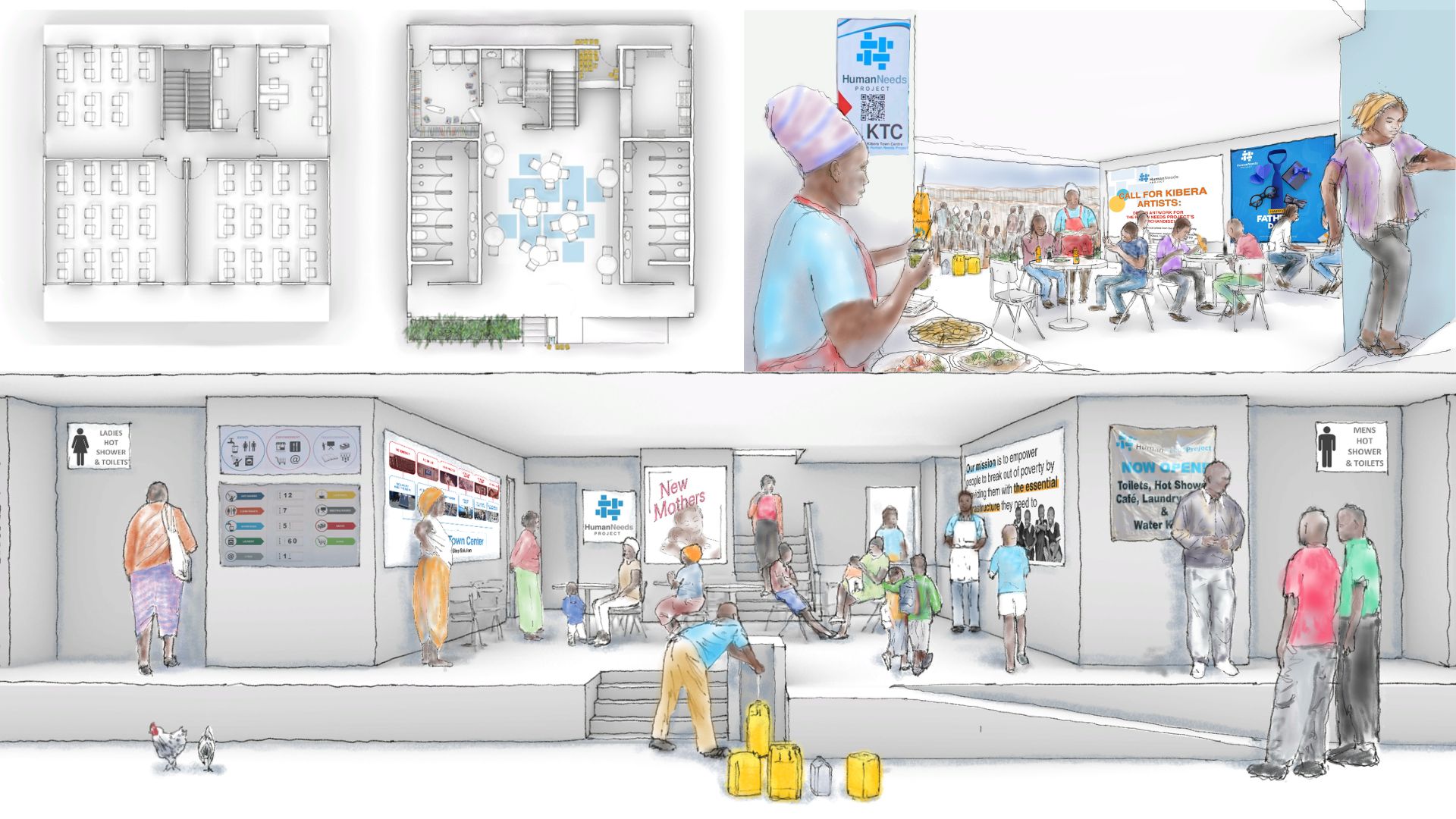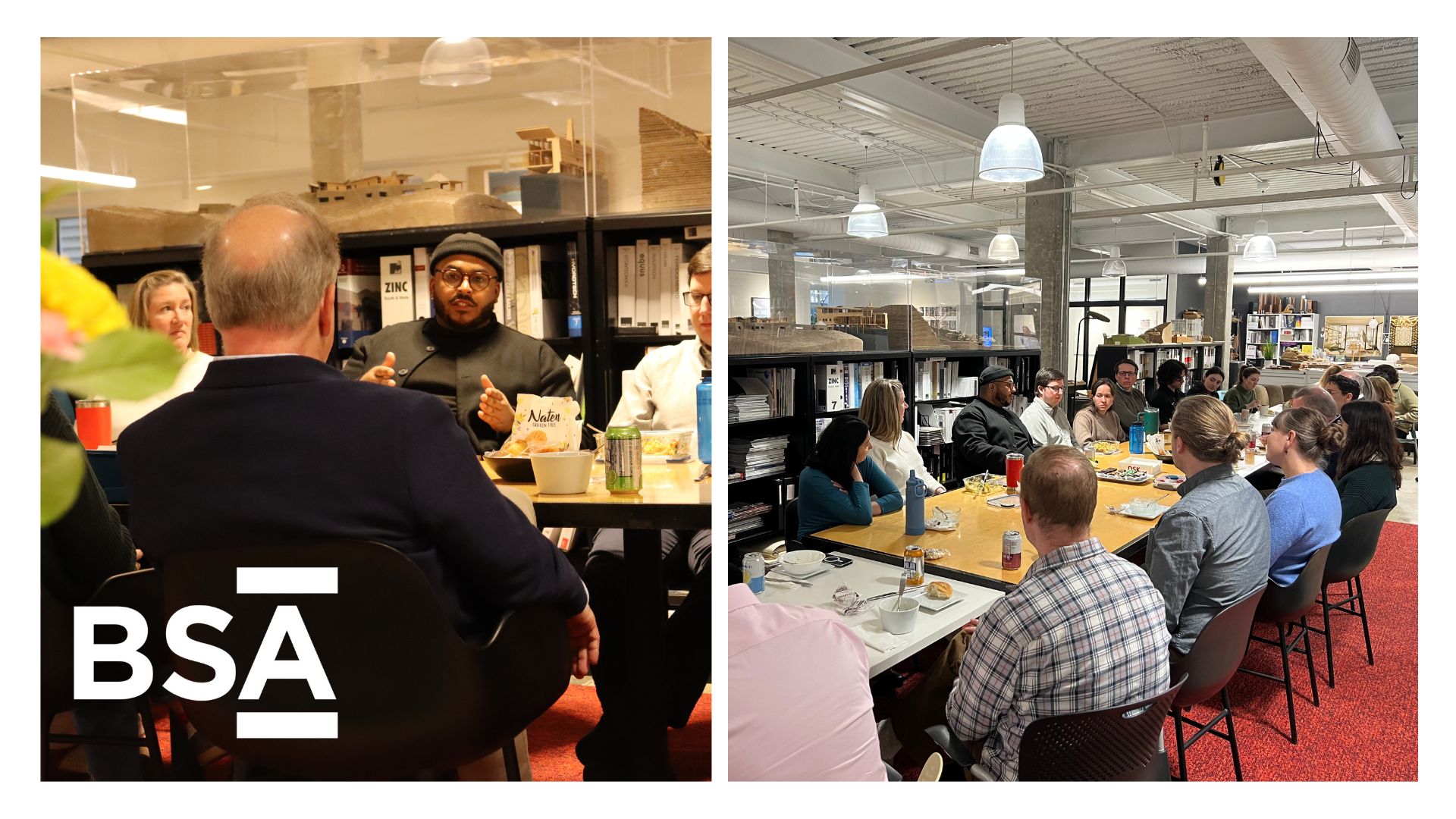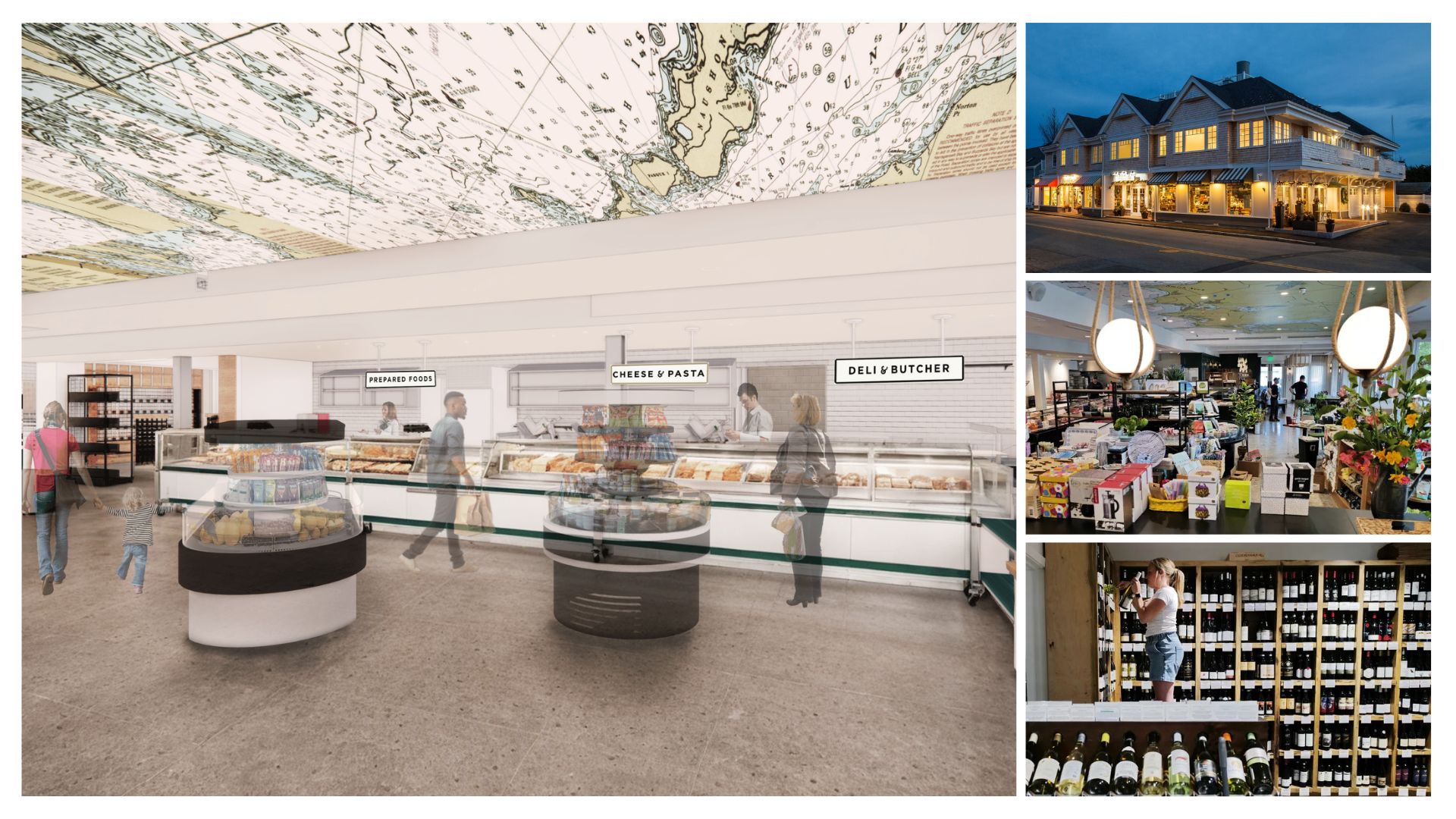
10 Years of the Human Needs Project: A Celebration of Impact
studioDSK joined changemakers in San Francisco to mark the Human Needs Project’s 10th anniversary and the lasting impact of the Kibera Town Centre; an adaptable, empowering design now inspiring community-scale infrastructure worldwide.
studioDSK founding partner Tom Kearns joined a remarkable group of changemakers in San Francisco to celebrate the 10th Anniversary of the Human Needs Project and its flagship initiative: the Kibera Town Centre in Nairobi, Kenya.
The event brought together co-founder David Warner and actor/activist Connie Nielsen, best known for her role in Gladiator and Gladiator 2, alongside architects, donors, and advocates who have supported the project’s vision from the beginning.
studioDSK was proud to serve as the design partner for the original Kibera Town Centre. From the start, the challenge was to create an architectural prototype that could offer essential services, clean water, sanitation, education, internet, and economic opportunity, within a highly constrained urban environment. Our work focused on adaptability, resilience, and dignity. The resulting structure became a working model for how community-scale infrastructure could be both functional and empowering.
Now, a decade later, the impact of that prototype is unmistakable. The success of the Kibera Town Centre has inspired a continuous prototype, one that is being adapted and replicated in new locations around the world. What began as a bold experiment is now a living framework for how design can support scalable, community-driven change.
During the celebration, Tom spoke alongside Human Needs Project co-founders about the early days of the project and how the center continues to evolve as both a place and a model. His reflections emphasized architecture’s ability to serve not just as shelter, but as a system of empowerment, designed with people, and grounded in real, lived needs.
As the Human Needs Project looks ahead to its next chapter, we remain proud of our role in helping shape its foundation. It’s a reminder of what design can do when it listens closely, acts boldly, and keeps the human experience at the center.
.jpg)

